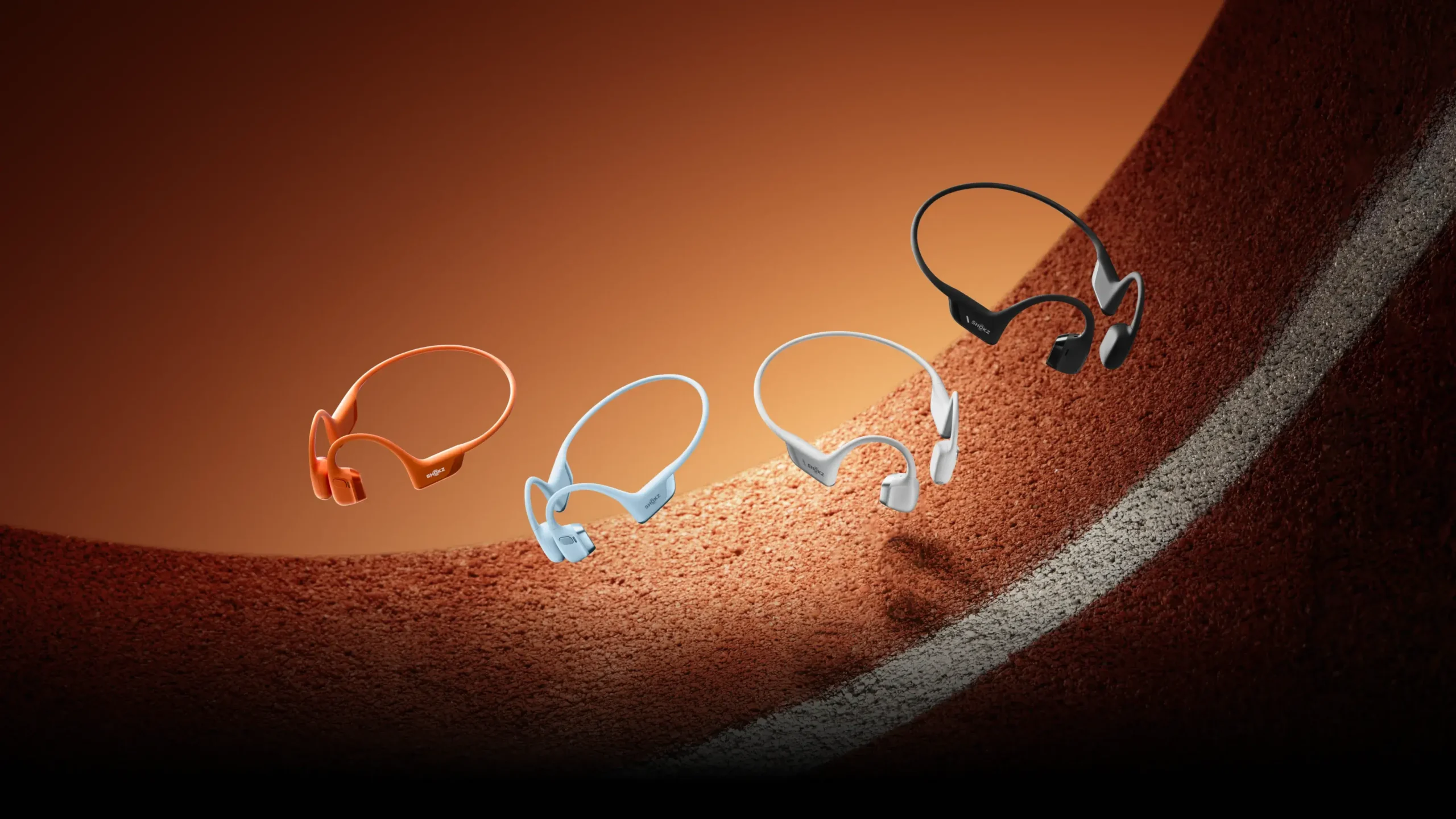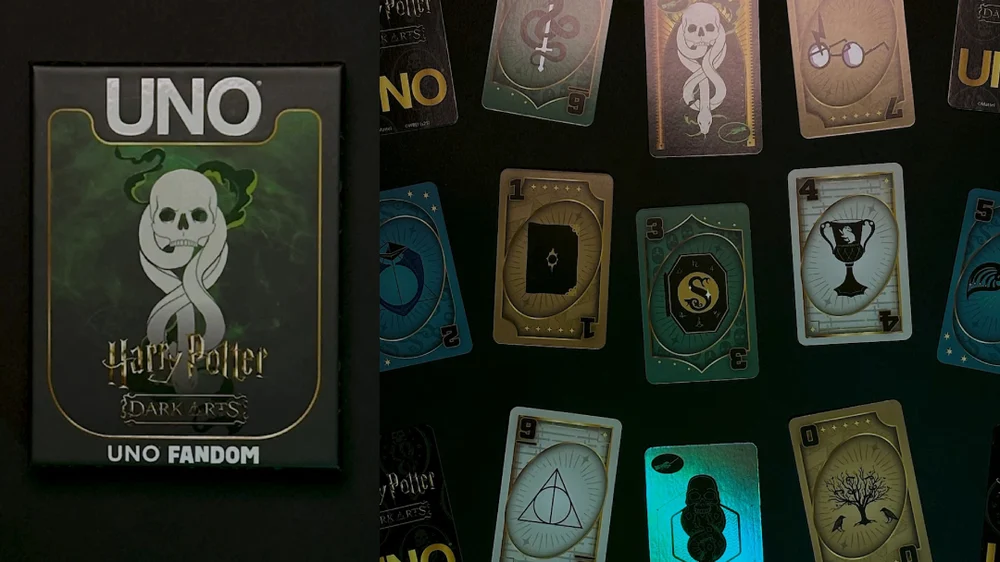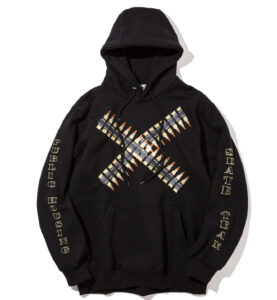In the ever-expanding multiverse of 3D visual art, Michal Kalisz, known professionally as Michal KaliszPRO, stands as a master of digital metallurgy. As a Lead and Expert Weapon/Hard Surface Artist, Kalisz has forged a reputation not just through skill, but through a meticulous dedication to authenticity, balance, and mechanical integrity. His work is sought after by AAA studios, indie game developers, and cinematic VFX houses alike—not for its flash, but for its functional realism and sculptural elegance.
The Artist Behind the Arsenal
Born in Poland, Kalisz’s early background in mechanical engineering deeply informs his design ethos. While many hard surface artists develop their technique via design school or autodidactic sculpting, Kalisz approached the craft from a material and systems-first mentality. His weapons are reverse-engineered from function before ever being stylized. Every vent, screw, locking mechanism, or bolt has a justifiable purpose.
Working under the alias KaliszPRO, he honed his craft in the open-source and freelance community of ArtStation and Sketchfab, eventually securing contracts with major players like CD Projekt RED, Ubisoft, and Activision Blizzard. By 2025, his name had become a watermark of quality in hard surface and sci-fi realism.
The Language of Hard Surface Art
To understand Kalisz’s work, one must appreciate the lexicon of hard surface design—a discipline within 3D art that focuses on creating mechanical or non-organic surfaces such as weapons, vehicles, armor, and environments.
While organic modeling deals with curvature, fluidity, and biomorphic form, hard surface modeling requires technical logic, CAD-like precision, and often real-world reference. It blends artistic flair with engineering thinking, and few straddle this divide better than Kalisz.
- Subdivision Modeling: His meticulous edge flow and polygon discipline ensure models subdivide cleanly under stress.
- Boolean Techniques: Kalisz is known for seamlessly incorporating Boolean operations—often seen as a necessary evil in 3D modeling—without leaving artifacts.
- Decimation and Optimization: As a weapon artist, Kalisz balances cinematic fidelity with real-time performance, often modeling for games where triangle budgets are sacred.
His pipelines often include Blender, ZBrush, Substance Painter, and Marmoset Toolbag, although he is vocal about embracing emerging tools like Houdini for procedural hard surface modeling.
Signature Works and Weaponized Aesthetics
Neo-Industrial Armaments – “Sentinel XCR Project”
A series of concept rifles rendered in photorealistic detail, Sentinel XCR was the turning point that caught the industry’s attention. These weapons—imagined for a futuristic military faction—were praised for their credible recoil mechanics, adaptive rails, and plausible modularity.
What made the Sentinel XCR series unique was Kalisz’s inclusion of disassembly animations, displaying internal gas chambers, kinetic coil systems, and electronic trigger layouts. These weren’t fantasy weapons—they were virtual machines.
“Tachyon Blades” – Cinematic Sci-Fi Melee Weapons
This project moved away from bullets to energy. Featuring plasma sabers, collapsing katanas, and electroshock staves, the Tachyon Blades collection shows Kalisz’s range—from grounded to futuristic. The level of finish, metal wear, and nanostructure texturing took cues from NASA alloys and cyberpunk tropes.
Each weapon was designed for cinematic rigging and VFX simulations, adopted by two indie studios for in-engine cutscene production.
Modular Weapon Kit for Unreal Engine Marketplace
In a nod to the democratization of game design, Kalisz released a full modular weapon kit on the UE Marketplace in early 2025. This kit allows indie developers to assemble hundreds of weapon variants from pre-modeled receivers, barrels, optics, and grips.
It marked an evolution in workflow accessibility, enabling emerging developers to tap into AAA-level fidelity at affordable licensing.
Connections and Industry Influence
Kalisz’s influence extends far beyond personal projects. Over the last five years, he has contributed to:
- Call of Duty: Recon Protocol (2024) – Designed three signature weapons and consulted on procedural reloading animations.
- Cyberpunk: EdgeSignal DLC (2025) – Created digital props for use in both game cinematics and anime adaptations, blending Japanese cyberdesign with Eastern European brutalism.
- NASA Mars Sim VR Training – Collaborated with aerospace engineers to create simulation tools and robotic armatures for a Mars colony training simulator.
His philosophy emphasizes the cross-pollination of aesthetics and engineering, often hosting workshops that bring together military veterans, 3D artists, and mechanical designers.
Educational Role and Community Building
Beyond the renders and reels, Kalisz has positioned himself as a mentor in the digital design space. His YouTube masterclass, Weaponry in the Digital Age, has amassed over 1 million views and is praised for its practical approach and philosophical insights.
He frequently speaks at industry events, from GDC and THU where he breaks down:
- High-poly to low-poly workflows
- Texture baking for realistic surface imperfections
- PBR material theory for metals, polymers, and carbon fiber
- Balancing design fiction with plausibility
He has also launched a Discord mentorship server, providing feedback to thousands of artists and curating weekly showcases to elevate new talent.
Form, Function, and the Morality of Violence in Design
Kalisz has spoken openly about the ethical tension in weapon design. In an interview with 3D World Magazine, he stated:
“I don’t romanticize violence. But I do study the form. A weapon, to me, is sculpture under pressure. It must be elegant enough to admire, yet grounded enough to obey the laws of use.”
This critical awareness manifests in his decision to design for fictional universes, where symbolic weapons stand in for narrative tools rather than instruments of real-world harm.
In 2025, he’s begun consulting with virtual museum curators to exhibit “The Aesthetics of Defense”—a digital showcase of fictional weapons across history, tracing influences from Da Vinci’s siege machines to Ridley Scott’s sci-fi militarism.
The 2025 Standard and What Comes Next
Today, when studios seek next-generation weaponry—not just props, but narrative anchors—they often begin with Michal KaliszPRO. His reputation for rigorous research, artistic restraint, and functional design integrity has earned him a rare position: an artist who is also a trusted design authority.
In 2025, he is rumored to be working on:
- A VR-based educational platform that teaches hard surface modeling through gamified workflows.
- A limited-run NFT series of cinematic weapons, each with custom lore, animation, and sound design.
- A collaborative graphic novel titled Forged Silence, blending digital weapons with storytelling in a dystopian setting.
He continues to push the medium into multi-disciplinary terrains, expanding beyond 3D modeling into narrative design, software tools, and virtual architecture.
Kalisz and the Sculptural Future of Weapon Art
In the hands of Michal KaliszPRO, a gun becomes a glyph. A blade, a blueprint. Through meticulous design and philosophical intent, he elevates the concept of weaponry into artistic examination—not glorification.
His work reminds us that in digital realms, objects inherit meaning. They aren’t inert—they’re animated by the stories they’re meant to serve. And when designed with care, they transcend violence and become expressions of form, conflict, and human ingenuity.
As games, films, and virtual realities continue to blend, Kalisz represents the convergence of function and fiction, where the beauty of a surface is matched only by the power of its design logic. In 2025 and beyond, he doesn’t just build weapons—he sculpts the future.
No comments yet.









